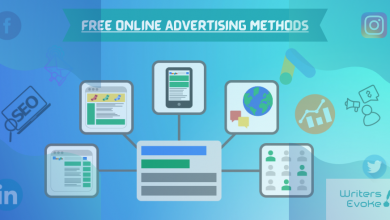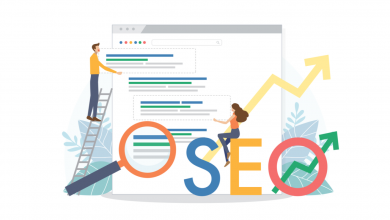Understanding Retargeting: Unlocking the Power of Personalized Advertising

Index Of The Blog
In today’s digital landscape, businesses are constantly searching for innovative ways to engage and convert potential customers. Retargeting, also known as remarketing, has emerged as a powerful strategy to reconnect with individuals who have previously interacted with your brand. In this blog post, we’ll explore the concept of retargeting, its benefits, and how it can be effectively implemented to drive conversions and maximize marketing efforts.
What is Retargeting?
Retargeting is an online advertising technique that enables businesses to reconnect with website visitors or users who have shown interest in their products, services, or content. It works by utilizing cookies or tracking pixels to identify and deliver tailored advertisements to individuals across various digital platforms.
How Does Retargeting Work?
Retargeting works by placing a small piece of code, often referred to as a tracking pixel, on a website. When a visitor lands on the website, the pixel drops a cookie into their browser, which enables the website to identify and track their behavior. This information is then used to serve relevant ads to these users as they navigate the internet.
Types of Retargeting:
- Site Retargeting: This is the most common form of retargeting, where advertisements are displayed to users who have visited a particular website. It allows businesses to engage with visitors who did not take any action or complete a desired conversion, such as making a purchase or submitting a form.
- Search Retargeting: Search retargeting targets users based on their search queries. By analyzing the keywords they have searched for, businesses can display relevant ads to these users as they browse other websites.
- Email Retargeting: Email retargeting involves reaching out to individuals who have interacted with your emails, such as opening or clicking on a link. By displaying ads to these engaged recipients, businesses can reinforce their brand messaging and drive conversions.
Benefits of Retargeting:
- Increased Brand Exposure: Retargeting helps keep your brand in front of potential customers, even after they have left your website. By displaying personalized ads across different platforms they visit, you increase brand exposure and stay top of mind, increasing the likelihood of a future conversion.
- Higher Conversion Rates: Retargeting allows you to reconnect with individuals who have already shown interest in your brand. By delivering tailored ads based on their previous interactions, you can effectively remind and persuade them to take the desired action, leading to higher conversion rates.
- Enhanced Personalization: Retargeting enables businesses to deliver personalized advertising messages to specific audience segments. By analyzing users’ behavior, preferences, and past interactions, you can create customized ads that resonate with their needs and preferences, increasing the chances of engagement and conversion.
- Improved Ad Campaign Efficiency: It can significantly improve the efficiency of your ad spend. Instead of targeting a broad audience, you focus your efforts on individuals who have already shown interest in your brand. This targeted approach ensures that your ads are seen by a relevant audience, leading to a higher return on investment (ROI).
Tips for Effective Retargeting:
- Segment Your Audience: Divide your audience into segments based on their behavior or engagement level. This allows you to create specific retargeting campaigns tailored to each segment, delivering more relevant ads and increasing the likelihood of conversion.
- Set Frequency Caps: To avoid overwhelming users with repetitive ads, set frequency caps to limit the number of times an ad is shown to an individual within a specific timeframe. This helps maintain a balance between reminding users of your brand and avoiding ad fatigue.
- Create Compelling Ads: Craft engaging and visually appealing ads that capture users’ attention and compel them to take action. Use persuasive messaging, attractive visuals, and compelling offers to entice users and drive conversions.
- Test and Optimize: Continuously test different ad variations, placements, and strategies to optimize your campaigns. Analyze performance metrics such as click-through rates, conversion rates, and cost per acquisition to identify what works best for your audience and make data-driven optimizations.
Conclusion:
Retargeting offers businesses an effective way to re-engage with potential customers who have previously shown interest in their brand. By delivering personalized and relevant ads, businesses can increase brand exposure, drive higher conversion rates, and maximize their marketing efforts. When implemented strategically and optimized based on performance data, and, it can be a powerful tool to nurture leads, boost sales, and build long-lasting customer relationships in the digital landscape.













